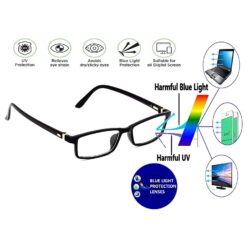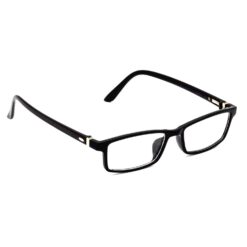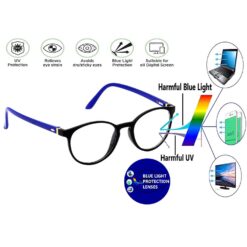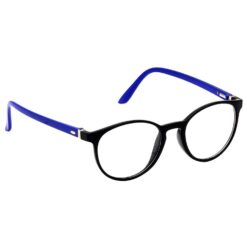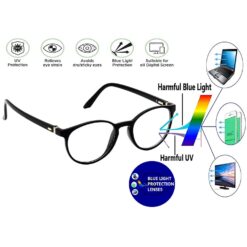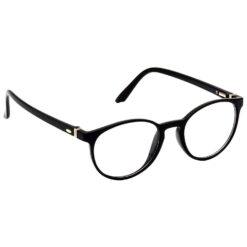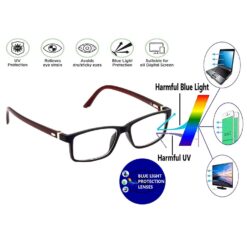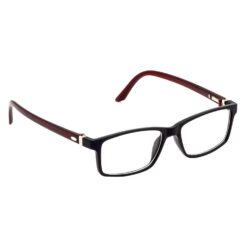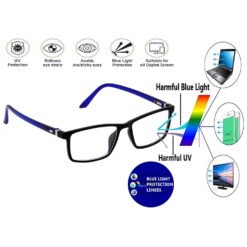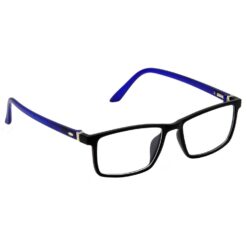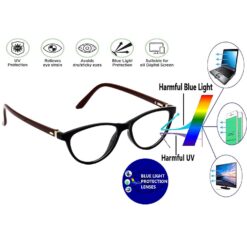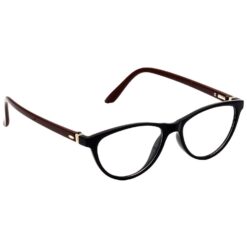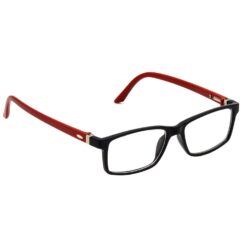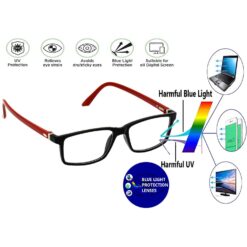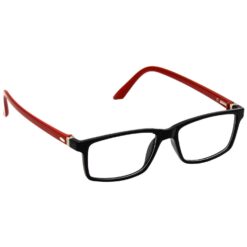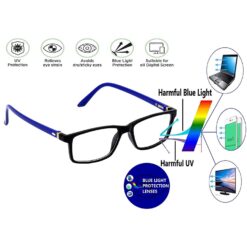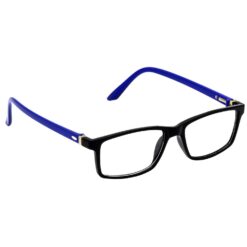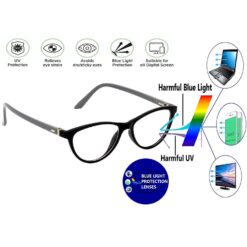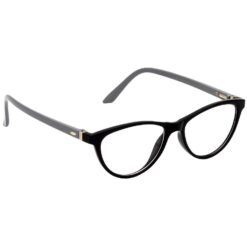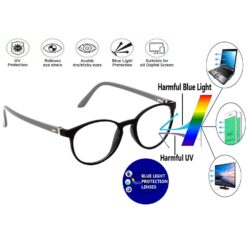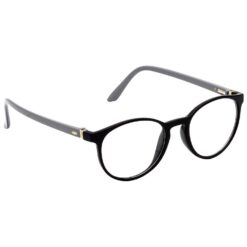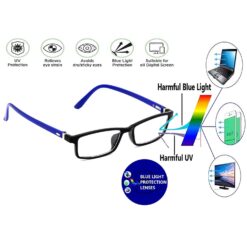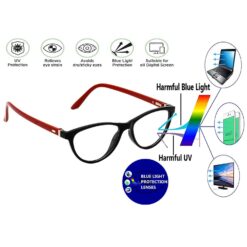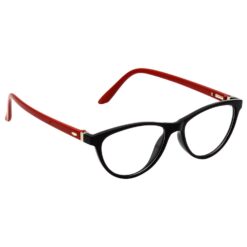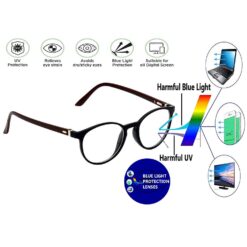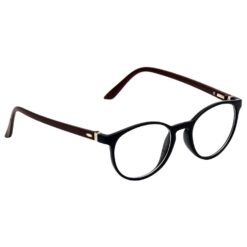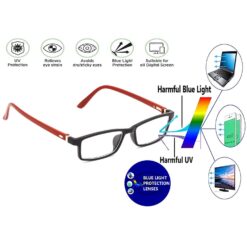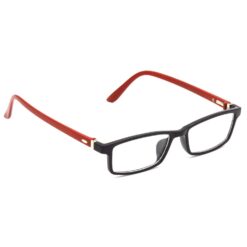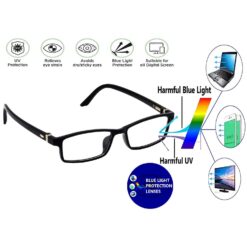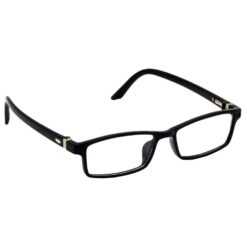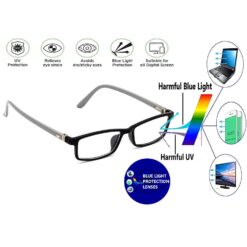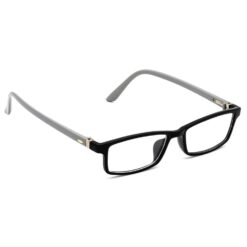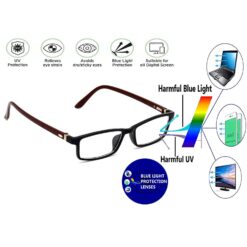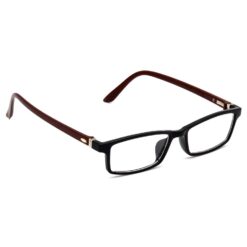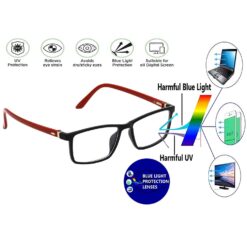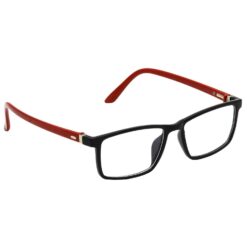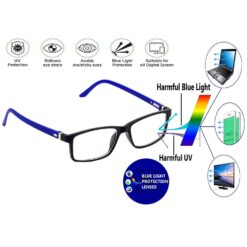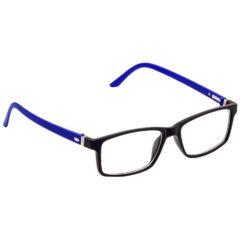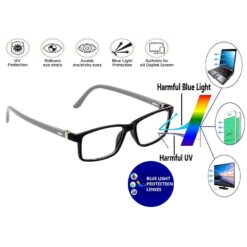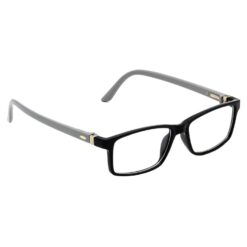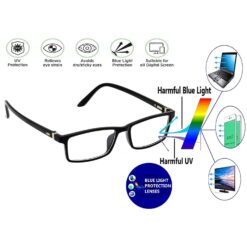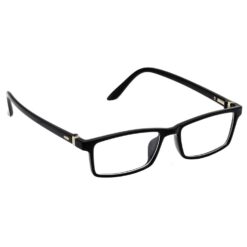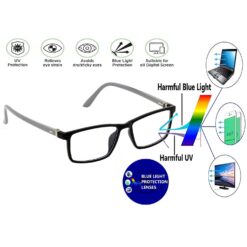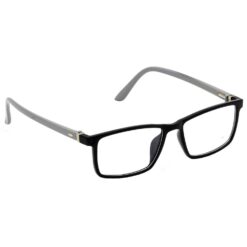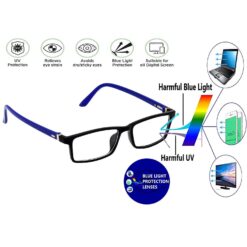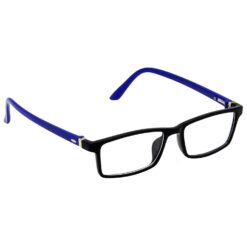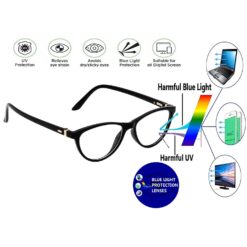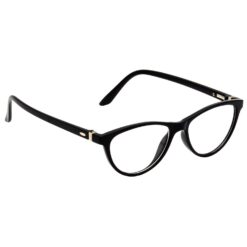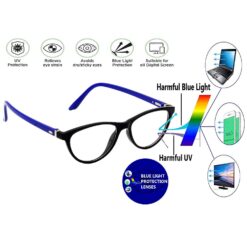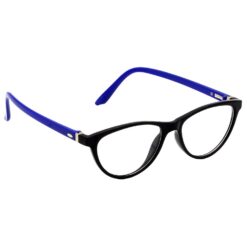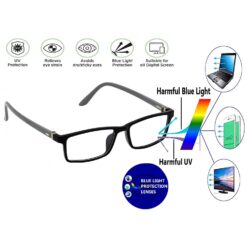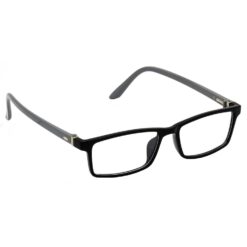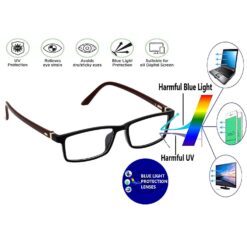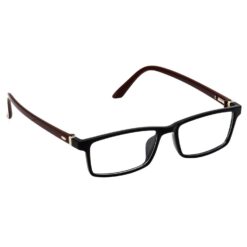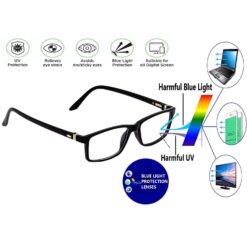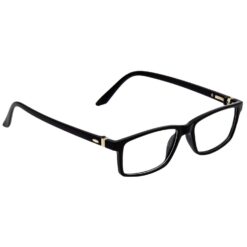Computer Glasses
Computer Glasses
Computer Glasses
Computer Glasses
Computer Glasses
Computer Glasses
Computer Glasses
Computer Glasses
Computer Glasses
Computer Glasses
Computer Glasses
Computer Glasses
Computer Glasses
Computer Glasses
Computer Glasses
Computer Glasses
Computer Glasses
Computer Glasses
Computer Glasses
Computer Glasses
Computer Glasses
Computer Glasses
Computer Glasses
Computer Glasses
Computer Glasses
Computer Glasses
Computer Glasses
Computer Glasses
Buy Blue Ray Cut Glasses Online at opticalindia.com
Bold, clear, and easy on the eyes
Blue Ray Cut Glasses make long screen hours easier, reduce glare, and keep vision comfortable without changing how colours look, which is exactly what most of us need when work, OTT, and gaming stretch the day late into the night. While research shows mixed results on claims like “curing” eye strain or improving vision, quality blue light filtering can still help with comfort and late‑evening viewing habits for many users, especially when paired with good screen hygiene. For shoppers who want practical relief without hype, this category brings hand‑picked Blue Ray Cut lenses designed for clarity, comfort, and everyday use.
What Blue Ray Cut Glasses Do (And What They Don’t)
Blue Ray Cut Glasses aim to filter a portion of high‑energy visible wavelengths, mainly in the 415–455nm band that many digital displays emit, which can reduce perceived glare and improve comfort during long sessions. The evidence around eye strain relief is mixed; large reviews suggest no consistent, clinically significant effect versus standard lenses, but many users still report less discomfort and better tolerance on busy screen days. Think of them like a sunshade for screens: they won’t fix uncorrected vision or dry eyes, yet they can make harsh, bright viewing feel less fatiguing, especially when stacked with good habits and proper lighting.
The comfort benefits most people actually feel
Users commonly notice fewer distracting reflections, slightly calmer vision under bright white or cool‑blue UIs, and better comfort with overhead LEDs or glossy monitors. For late‑evening use, the small reduction in short‑wavelength light may help certain people settle into night routines, though results vary and habits matter more than any single accessory. If headaches or dryness are frequent, address ergonomics and eye care first, and treat Blue Ray Cut Glasses as an add‑on rather than a cure; that framing usually delivers realistic satisfaction.
Glare control and visual ease on bright screens
A quality anti‑reflective coating paired with a blue filter reduces front‑surface reflections and cuts some short‑wavelength glare, which many people find gentler on the eyes during documents, spreadsheets, and code. Clear filters typically remove a modest fraction (around 20–30%) to preserve colour accuracy, while stronger tints sacrifice colour fidelity for deeper filtering in focused screen tasks. If colour‑true work is critical, choose clear, high‑transmission filters and rely on lighting and display calibration to do the heavy lifting.
Late‑evening use and sleep considerations
Short‑wavelength light influences circadian cues, so trimming it close to bedtime may help some sleepers wind down, although multiple studies show limited or inconsistent objective improvements in healthy adults. A practical approach is to combine warm display settings, reduced brightness, and a moderate blue filter in the last hour before sleep for a low‑effort nudge without overpromising results. Treat Blue Ray Cut Glasses as one lever among several rather than the single fix for sleep quality.
Myths to skip before you buy
Blue Ray Cut Glasses don’t treat eye disease, cure headaches of all causes, or protect the retina beyond normal safe exposure levels seen with routine screen use according to current evidence. They’re not a substitute for regular eye exams, proper prescriptions, or dry eye care; they’re best for comfort, glare control, and subjective ease during long device sessions. If a product claims total protection, sweeping medical benefits, or instant headache cures, take it with caution and verify specs and return policies first.
Who Should Consider Blue Ray Cut Glasses
People juggling long hours on laptops and phones, frequent video calls, and bright workplaces often appreciate the calmer visual feel a quality filter delivers for everyday work. Gamers, editors, coders, and anyone working under LED panels or glossy monitors may notice fewer distractions from reflections and a more relaxed viewing experience over extended sessions. Students in exam periods or content creators pulling late nights can pair Blue Ray Cut Glasses with warm display profiles to reduce screen harshness near bedtime without relying on heavy tints.
How Blue Ray Cut Technology Works
Blue Ray Cut lenses either incorporate filtering compounds within the lens material or apply multi‑layer coatings that reflect or absorb a portion of short‑wavelength light, especially the 415–455nm range. Clear filters balance daily wear with colour accuracy while still trimming a slice of high‑energy light, whereas tinted options go deeper for dedicated screen work where colour shift is acceptable. The goal is not maximal blocking at all costs, but practical filtering that preserves clarity, accurate colours, and comfortable vision across varied tasks.
Coatings vs embedded filters
Coatings add a selective layer that reflects part of the blue spectrum and cuts surface glare; embedded filters integrate absorbers into the lens matrix for a uniform effect through the lens body. Coated lenses often show a faint blue‑violet reflection under light, a normal sign of selective filtering and AR stacking, while embedded filters can appear slightly warm without strong mirror‑like reflections.
Clear coatings for all-day wear
Clear filters typically remove around 20–30% of short‑wavelength light for a natural look, minimal colour distortion, and easy wear across office work, reading, and commuting. This is the sweet spot for most users seeking comfort without trade‑offs in colour‑sensitive tasks such as design or photo edits.
Tinted filters for dedicated screen work
Amber‑leaning filters block a larger chunk of the blue band, useful for heavy coding, spreadsheets, or marathon editing when absolute colour accuracy isn’t critical. Expect a visible warm tone and a more noticeable shift in whites and cool colours; many users reserve these for specific tasks rather than all‑day use.
Blue Ray Cut vs Regular Anti‑Glare Lenses
Anti‑glare (AR) alone tackles reflections and improves clarity in most lighting, making a significant comfort difference regardless of blue filtering. Blue Ray Cut adds a selective trim of short‑wavelength light on top of AR, which some users find helpful under bright LEDs and at night, but it’s additive, not a replacement for good AR. If budget is tight, start with quality AR; if evenings and harsh office lighting are pain points, add a blue filter for an incremental comfort edge.
When anti‑glare alone is enough
If daytime work happens under balanced lighting with calibrated displays and minimal overhead glare, AR alone often provides most of the visible benefit with crisp, reflection‑free vision. For users sensitive to reflections more than colour temperature, a premium AR stack is the best first step.
When a blue filter adds value
If late‑evening screen time is frequent, or LED glare is a persistent annoyance, a measured blue filter can make interfaces feel less stark while AR manages reflections. It’s the combination—AR for clarity, blue filter for spectral comfort—that many users prefer for long sessions.
Evidence Check: What Studies Say
Large systematic reviews and summaries from clinical bodies report that blue‑filtering lenses have limited or inconsistent effects on short‑term digital eye strain compared with non‑filter lenses. Sleep impacts are mixed too; blue light influences circadian biology, but objective improvements from glasses alone are small or variable across healthy adults. Practically, that means buy for comfort and glare control, and pair with ergonomics and breaks for best results.
Mixed outcomes on eye strain relief
Randomised trials and Cochrane‑style reviews show no clear, consistent symptom advantage for blue filters over standard lenses in short‑term tests, despite positive user anecdotes. This is why expectations matter—treat them as a comfort upgrade, not a medical solution.
Sleep and evening light exposure
Blue wavelengths can suppress melatonin and affect timing signals, but simply wearing filters may not translate into large objective sleep gains for everyone without broader habit changes. Dimming displays, using warmer presets, and reducing pre‑bed stimulation still carry more weight than eyewear alone.
Choosing the Right Blue Ray Cut Glasses
Pick lenses with documented filtering in the 415–455nm band, a clean AR stack, and the right base prescription or zero‑power option for device use. Clear filters suit mixed tasks and accurate colours; tinted filters suit deep screen sessions where warmth is acceptable. Always check return and adjustment policies so fine‑tuning comfort is easy after a few days of real‑world use.
Prescription, zero‑power, and readers
Whether powered lenses or plano, ensure PD accuracy, proper segment heights for progressives, and a frame that doesn’t slip during long sessions. Readers with blue filtering help for near tasks but avoid over‑magnification—choose the lowest power that brings text comfortably into focus.
Fit, frame shape, and nose comfort
Look for balanced weight, stable nose pads, and temples that don’t pinch after hours of wear; comfort is half the experience with screen eyewear. Wider lenses can reduce edge distractions when scanning screens and spreadsheets at pace.
Filters that target 415–455nm
Ask for spectral data or at least brand‑stated ranges; filtering outside key bands offers less practical value for screen tasks. Clear filters in this zone typically give the best balance of natural colours and comfort.
How To Test If Your Blue Ray Cut Glasses Work
At home, check for a faint blue‑violet reflection on the lens surface and a subtle warming of pure whites on strong filters—basic signs of selective filtering and AR. Smartphones and monitors aren’t precise sources, but you can compare with and without lenses on the same bright white screen to sense any harshness reduction. If access allows, a simple consumer spectrometer or retailer measurement validates filtering in the target band more reliably than phone‑based “tests”.
Simple reflections and colour‑shift cues
A uniform anti‑reflective sheen, slight warm cast on whites with tinted filters, and reduced glare spots under overhead LEDs are practical checks anyone can do in minutes. If colours look overly amber for office work, consider a clearer filter for all‑day wear.
Spectrometer and lab‑style checks at home
A spectrometer splits visible light to show actual attenuation across wavelengths; if available through a retailer or local optician, it’s the cleanest verification method. Save screenshots or printouts for future reference when replacing lenses.
Daily Use Tips That Actually Help
Follow the 20‑20‑20 routine, blink more often, and keep screens at arm’s length with the top edge near eye level to reduce strain from posture and dryness. Balance ambient light with the screen so the display isn’t the brightest object in the room, and tweak contrast, font size, and colour temperature to a comfortable baseline. Warm presets in the evening pair well with Blue Ray Cut Glasses, making late sessions gentler on the eyes and mind.
20‑20‑20 rule and blink training
Every 20 minutes, look 20 feet away for 20 seconds while consciously blinking; it’s simple and works better than relying on any single accessory. A small desk reminder helps build the habit during busy days.
Lighting, contrast, and font tweaks
Use indirect lighting, avoid glossy glare, and set a font size that prevents squinting; these fixes stack with AR and blue filters for a real‑world comfort win.
Night mode and warm displays
Warm presets reduce the stark feel of cool whites at night; combine with reduced brightness and consistent sleep cues for smoother wind‑downs.
Trending Features for 2025–2026
Expect more clear high‑transmission filters with better spectral precision so colours stay accurate while trimming sharp peaks around 450nm. Stacked AR and scratch‑resist layers are getting tougher, which keeps lenses clearer longer for daily commuters and hybrid workers. Prescription‑ready Blue Ray Cut lenses with thinner profiles will also become more accessible across powers, making all‑day wear feel lighter.
Clear high-transmission filters with better accuracy
Manufacturers are targeting precise bands to deliver comfort without amber tones, which helps designers, editors, and students who need natural colour throughout the day.
Blue filter + AR stack for glare‑heavy offices
Layered coatings reduce bright reflections from LED panels and glass interiors, a common source of fatigue even with short screen sessions.
Care, Cleaning, and Lens Life
Rinse with clean water before wiping, use a microfiber cloth and lens‑safe spray, and store in a hard case when moving between rooms to avoid micro‑scratches on coatings. Skip paper towels, harsh cleaners, or hot water; gentle care preserves AR and filtering layers for clearer vision month after month. Periodic in‑store cleaning can restore clarity if oils or fine dust reduce transparency over time.
Avoiding scratches and coating wear
Put glasses lens‑up when resting on a desk, and keep a spare microfiber handy near the workstation to prevent quick wipes on clothing.
Product Highlights at opticalindia.com
Discover clear Blue Ray Cut Glasses for everyday tasks, tinted options for deep screen work, and prescription‑ready builds that merge AR clarity with measured blue filtering. Each pick balances comfort, durability, and a natural viewing experience so colours stay true while harshness dials down a notch. If uncertain between clear and tinted, start clear, then add a dedicated tinted pair for heavy evening sessions.
Sizing and Fit Made Simple
Check three key numbers inside the temple: lens width, bridge, and temple length; match close to your current comfortable frame and adjust only one step at a time for a reliable fit. For long sessions, pick lightweight materials, smooth nose pads, and flexible temples that keep their grip without pressure points.
Delivery, Support, and Easy Exchanges
Orders are processed quickly with protective packaging to keep coatings pristine, and support can guide adjustments if fit or lens feel needs a tweak after a few days of use. Exchange options make it simple to switch from clear to tinted if the workday demands change.
Screen comfort made simple
Blue Ray Cut Glasses make sense when the goal is everyday comfort, reduced glare, and gentler evening viewing without changing how the world looks through the lens. The science doesn’t frame them as a cure, so the smartest path is pairing a measured blue filter with a good AR coating, proper lighting, and small habits like the 20‑20‑20 rule for results that add up day after day. Start with clear Blue Ray Cut Glasses if colour matters, add a tinted workhorse if nights run long, and keep care simple to enjoy crisp, calm screens at home and at work.



